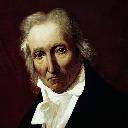The little history of canuts
The Lyon Factory
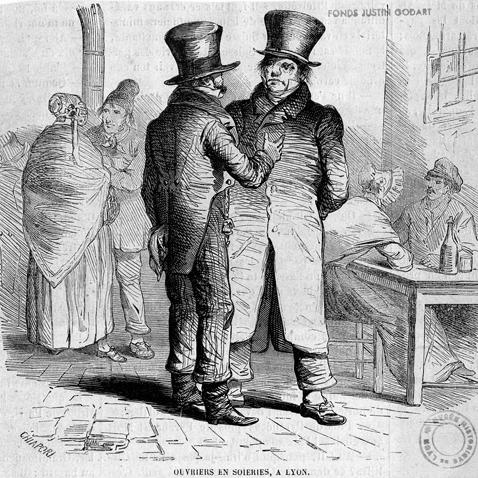 It is an old corporate type organization, born under the old regime, with its many regulations, the most important of which are those of 1554, 1667 (Colbert) and 1744, intended to normalize and guarantee the quality of silk tissues, but Also to preserve the hand-up of a wealthy urban bourgeoisie, on a population, whose revolts are feared. This factory, dispersed manufacture, has three elements.
It is an old corporate type organization, born under the old regime, with its many regulations, the most important of which are those of 1554, 1667 (Colbert) and 1744, intended to normalize and guarantee the quality of silk tissues, but Also to preserve the hand-up of a wealthy urban bourgeoisie, on a population, whose revolts are feared. This factory, dispersed manufacture, has three elements.
Traders
The traders, or "merchant-fabricants" (between 400 and 1000 entrepreneurs) bring silk, have it prepared (milling, dyeing and hatching), as well as fabric drawings, which they will take care of eating. They do not "manufacture", they give this work in a way, according to a price that they determine alone most often. Most of the traders are installed at the foot of the Croix-Rousse hill.
Atelier or master-workers' leaders
About 8,000, including half at La Croix-Rousse, at the top of activity in the middle of the 19th century. Owners of the equipment and sometimes of the workshop, they work and make their family work, apprentices and companions, but depend on the “price” given by merchants, and the economic situation, variable in this area of manufacturing products luxury.
The master weaver is more like a small boss than a worker. It is the master weaver who discusses the price like the manufacturers. When they agree, the manufacturer provides chain threads and weaving frames. When it comes to shaped tissues, it is also the manufacturer who provides the boxes.
Companions or workers
About 40,000, approximately, hired, often housed and fed by the workshop manager and also paid to the parts (about half of the "price"). They most often have very rough working and existence conditions.
Large revolts
The major canut revolts in the 19th century (1831,1834, 1848)
This Croix-Roussienne epic, in addition to making a lot of ink flow, has aroused bright debates as to the brand it has left on history. So we will only make a brief overview.
In debate
The role of Joseph-Marie Charles dit Jacquard, Lyon (1752-1834)
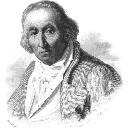 Fertile inventor, encouraged by Napoleon, by the city of Lyon, and decorated by Louis XVIII ... a benefactor of humanity for the relief brought to the task of the weavers and especially that of the children (his statue is very present on the Place de la Croix-Rousse).
Fertile inventor, encouraged by Napoleon, by the city of Lyon, and decorated by Louis XVIII ... a benefactor of humanity for the relief brought to the task of the weavers and especially that of the children (his statue is very present on the Place de la Croix-Rousse).
However, there is no shortage of criticism. While yesterday was described for the expensive price of its mechanics and its immediate lack of efficiency, today the debate is about the name of this machine. We would like to do justice to the inventors that preceded it (Falcon, Dangon, Vaucanson and Camchon) or who have improved it (Breton). In any case, the character of Jacquard is a complex personality, which the specialist Jean Huchard has dissected in almost all his aspects in the various official municipal ballots of the city of Lyon.
Let yourself be told the history men and silk trades.
A reading of the official bulletins written by Jean Huchard.
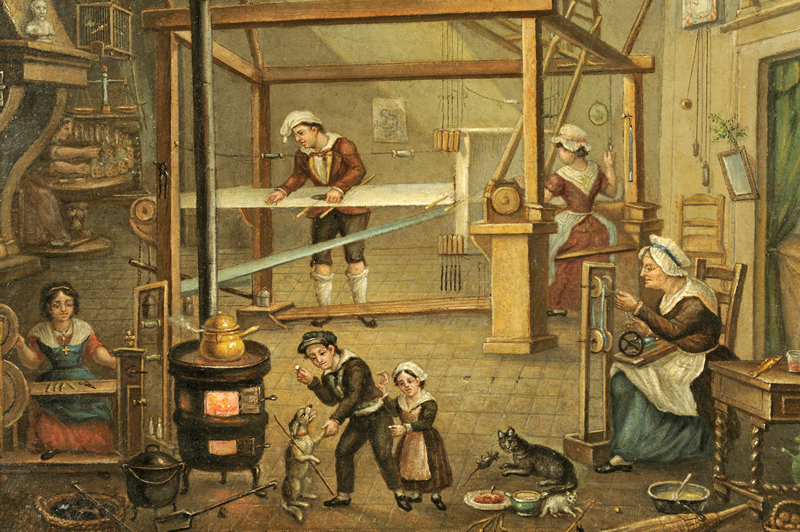 The silk is officially established in Lyon under the impetus of François Ier (after the first unsuccessful attempt by Louis XI): the first production workshops "of gold, silver and silk fabrics" borrow a lot from the Italians very Present in Lyon since the Renaissance in fairs and banks. But there, the weaving of silk in Lyon began in 1536, under the leadership of Turquet and Naris, Piedmonte weavers installed in Lyon.
The silk is officially established in Lyon under the impetus of François Ier (after the first unsuccessful attempt by Louis XI): the first production workshops "of gold, silver and silk fabrics" borrow a lot from the Italians very Present in Lyon since the Renaissance in fairs and banks. But there, the weaving of silk in Lyon began in 1536, under the leadership of Turquet and Naris, Piedmonte weavers installed in Lyon.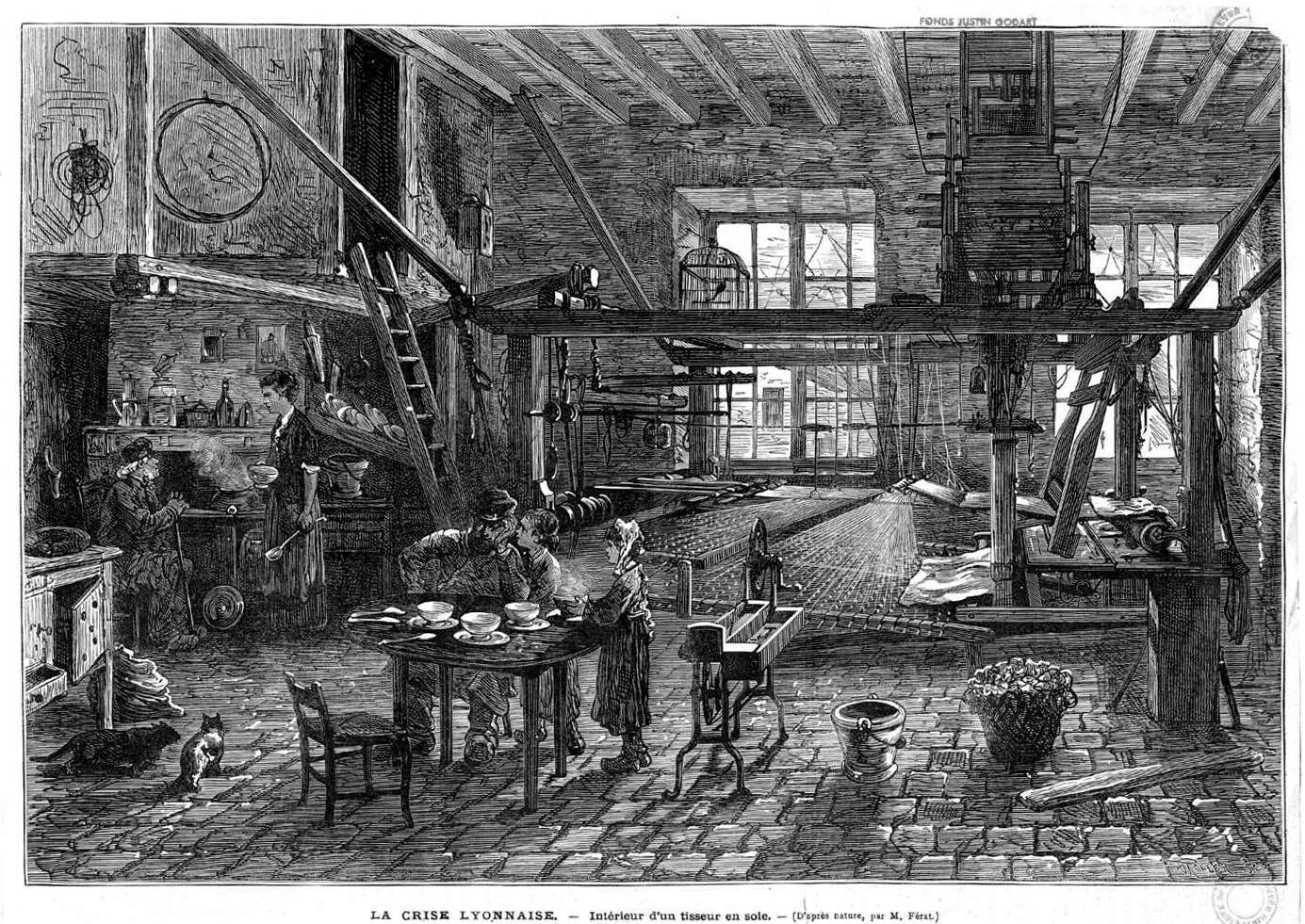 The architecture is functional and robust, with large windows (for light) and a large ceiling space (4 meters high on average), in order to install the looms.
The architecture is functional and robust, with large windows (for light) and a large ceiling space (4 meters high on average), in order to install the looms.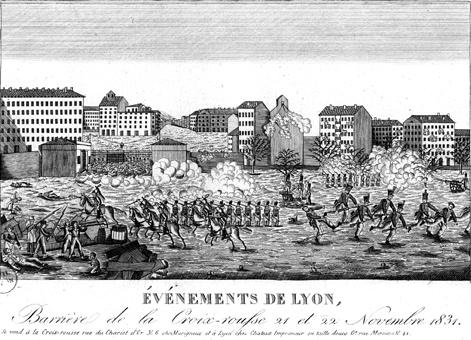 A velvet dresser, Martin Buisson, took charge of the troops and took control of the city by opposing looting attempts. The workers' leaders, who enter the movement only to defend the collective agreement and who have no political aims, even declare that they only want "law and order" and do not quite know what to do with their victory. The prefect and the local authorities were therefore reinstated and the tariff was confirmed.
A velvet dresser, Martin Buisson, took charge of the troops and took control of the city by opposing looting attempts. The workers' leaders, who enter the movement only to defend the collective agreement and who have no political aims, even declare that they only want "law and order" and do not quite know what to do with their victory. The prefect and the local authorities were therefore reinstated and the tariff was confirmed. 